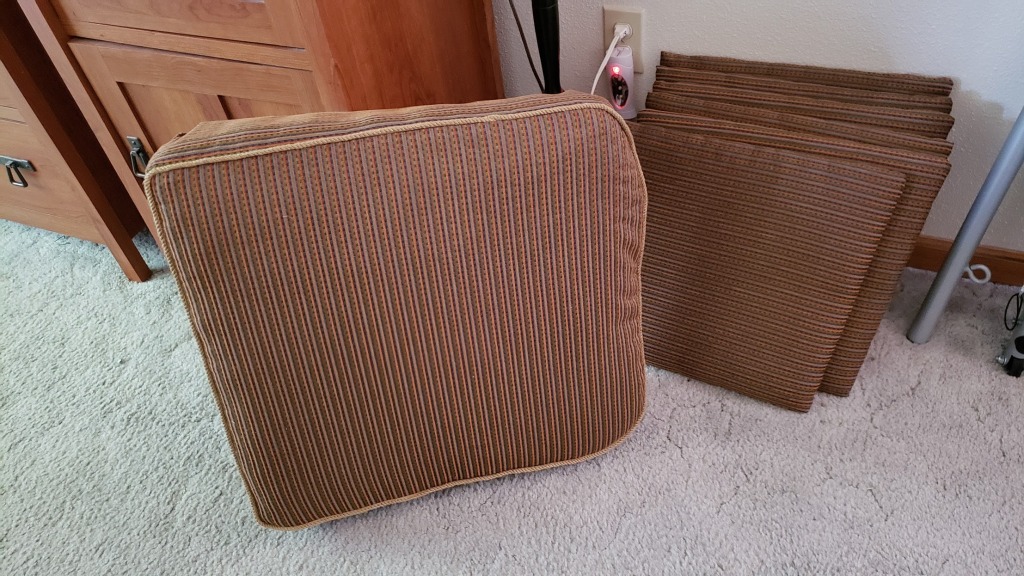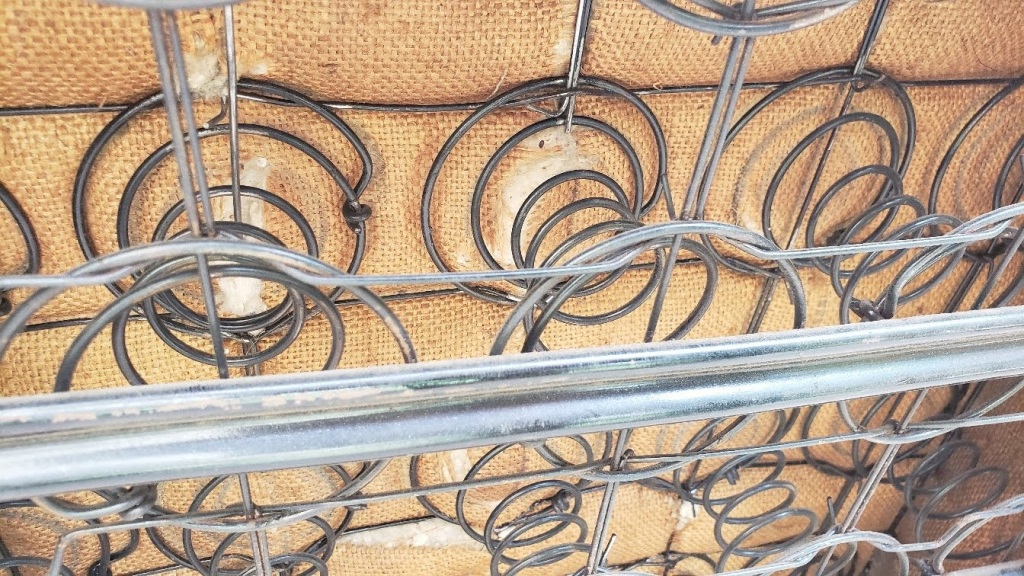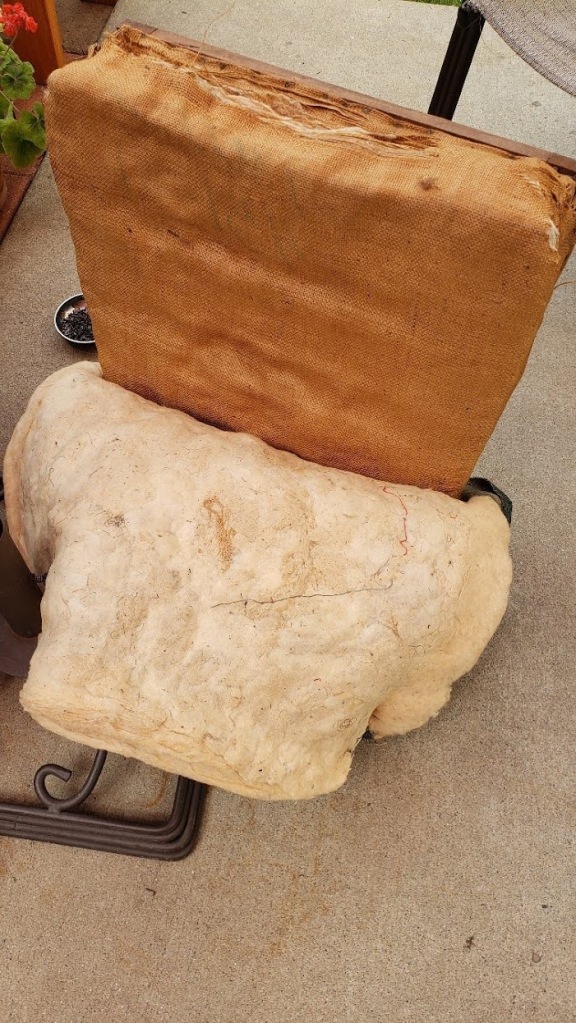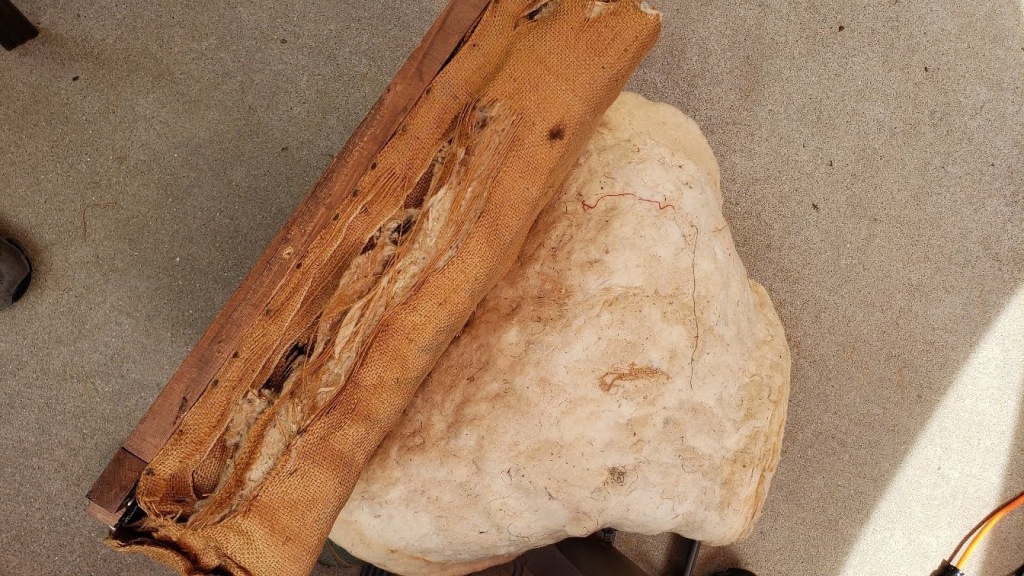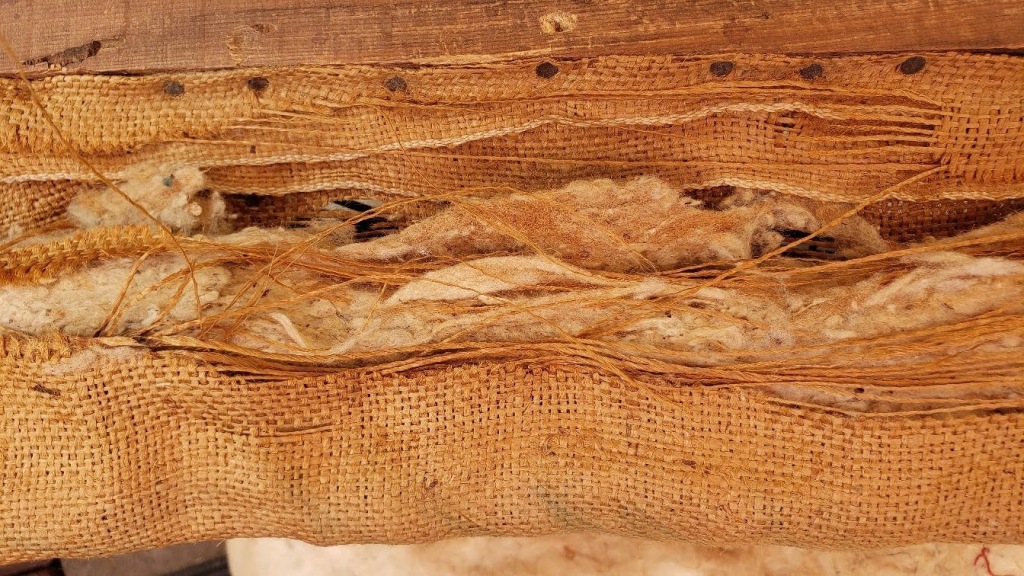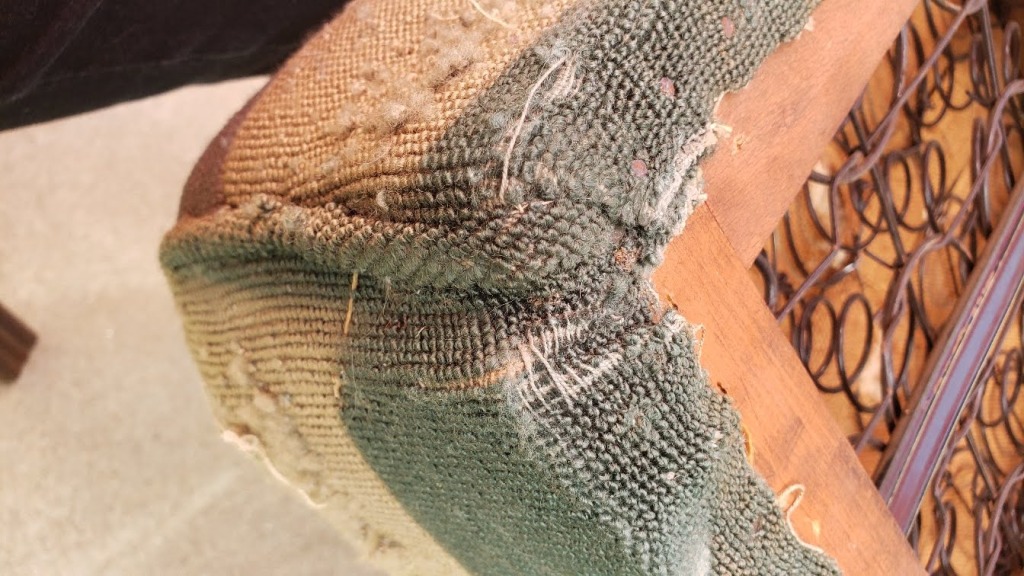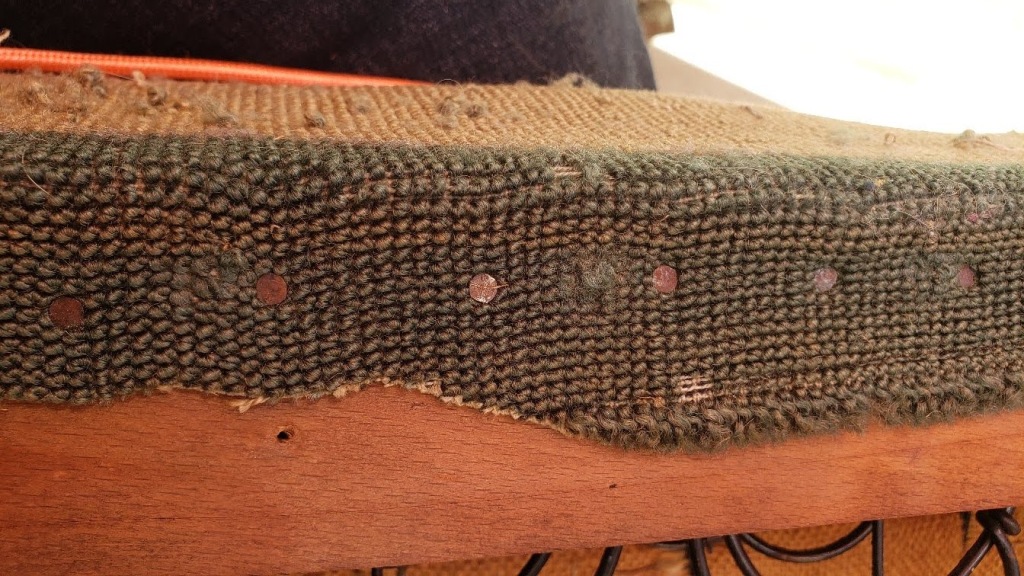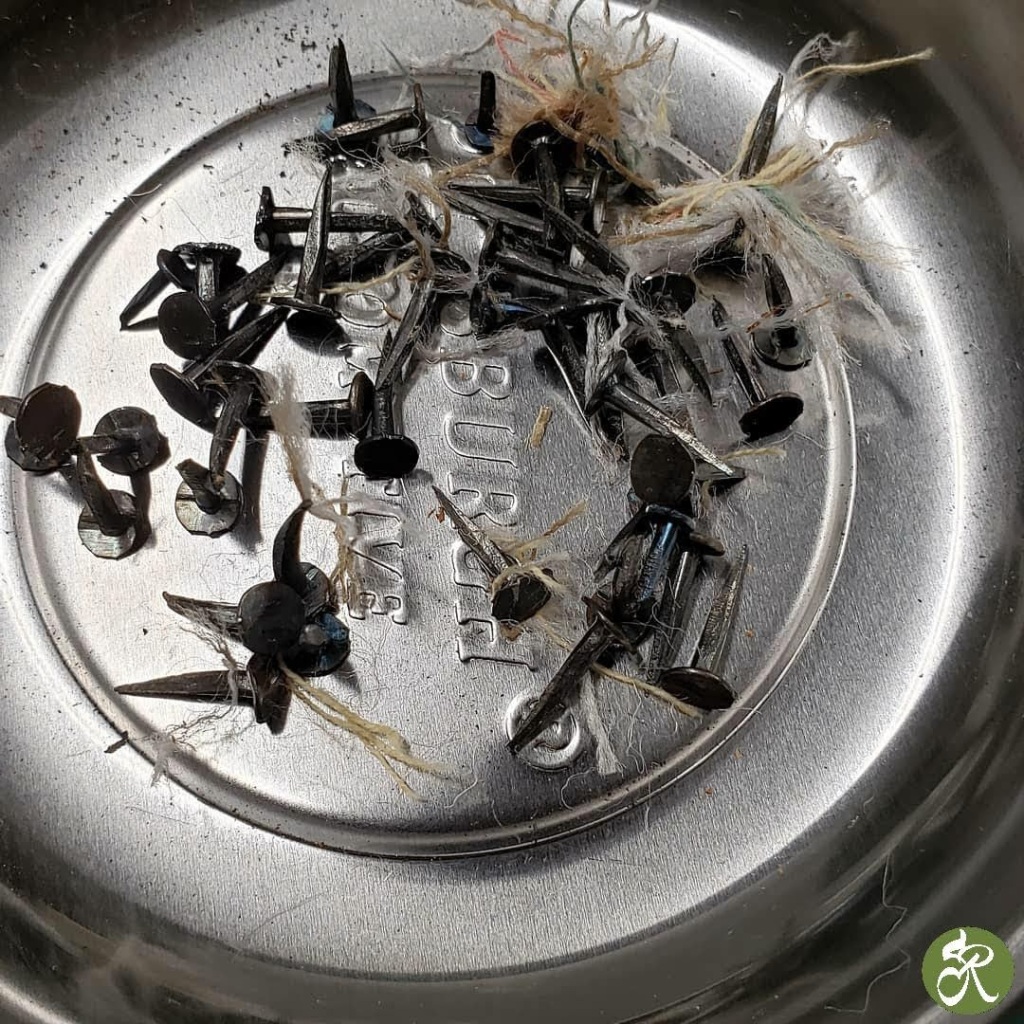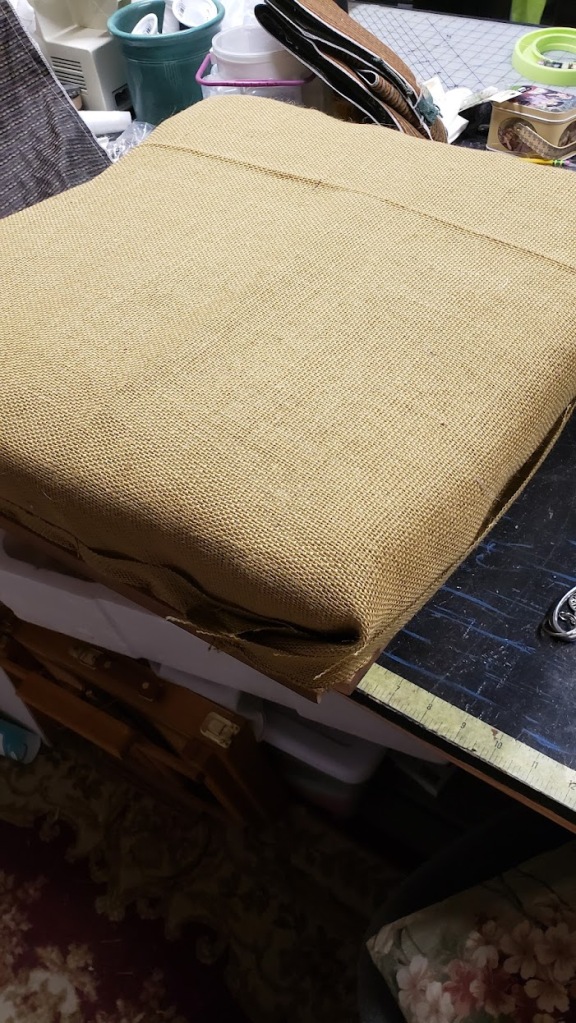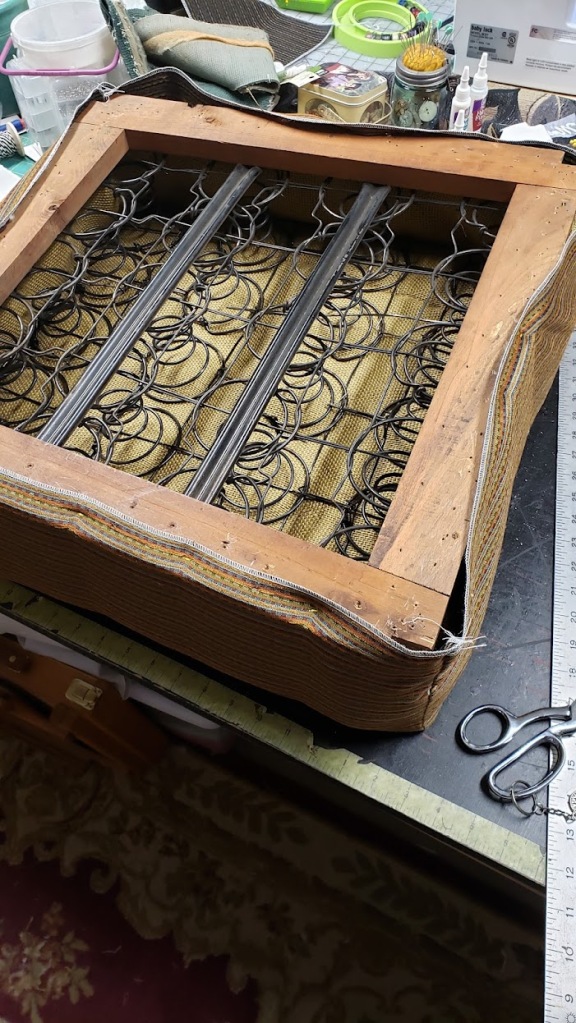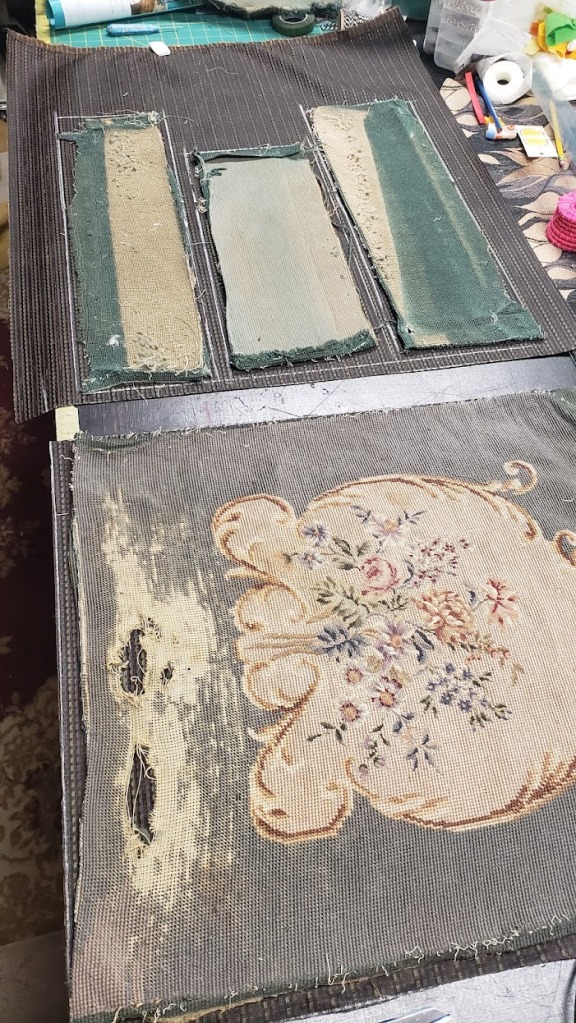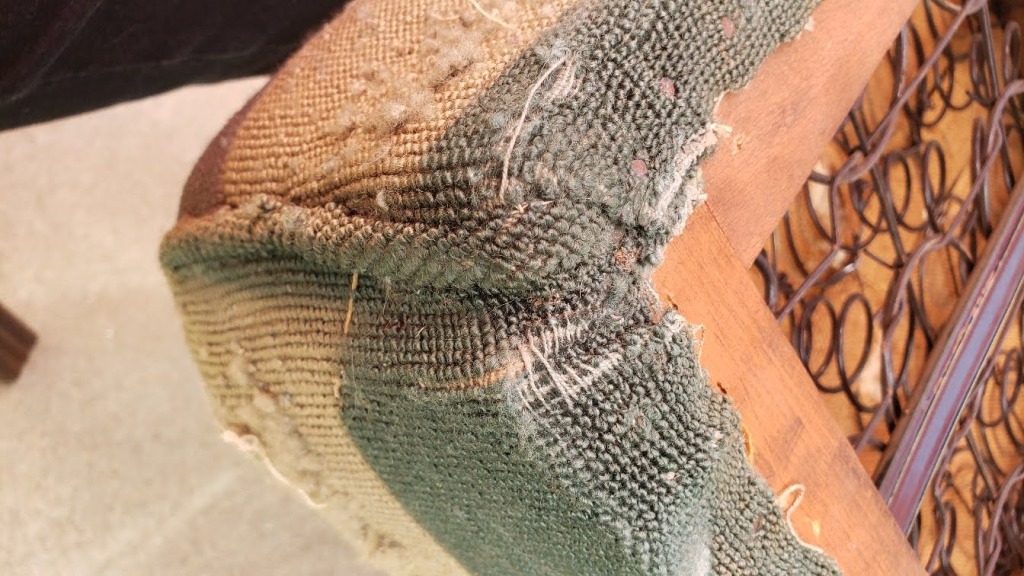
I used to be so intimidated by sergers and how to use them, much like everyone else before they begin. I was gifted my first serger (Baby Lock). I tried for months to learn how to thread it. In the end I never did figure it out and ended up giving it away. The next serger I bought, it was a White. I took a class with this machine and learned how to thread it. For years all I knew how to do was serge edges and thought that was the only thing I could do with this machine. I had even bought the extra six feet, but never used any one of them until the day I somehow messed up my sewing machine and could not do a blind hem stitch. I discovered that I could do one on my serger and I had the foot. Believe it or not I think the serger did a better job at the blind hem stitch than my sewing machine.
There is large amount of sergers for sale at all price points. I recommend that just starting out that you stick to the basics like a four thread. You can trade up when you feel you are ready.
I think learning some of the terminology of the machine will save you pulling your hair out.
Thread: You can use most threads in your serger. The cone threads that is primarily used is a 2-ply thread. This is not as strong as the 3-ply that you use on your sewing machine. The reason for this is the 2-ply is less bulky and makes for a softer seam. For more information on serger threads you can find it on SuperiorThreads.com
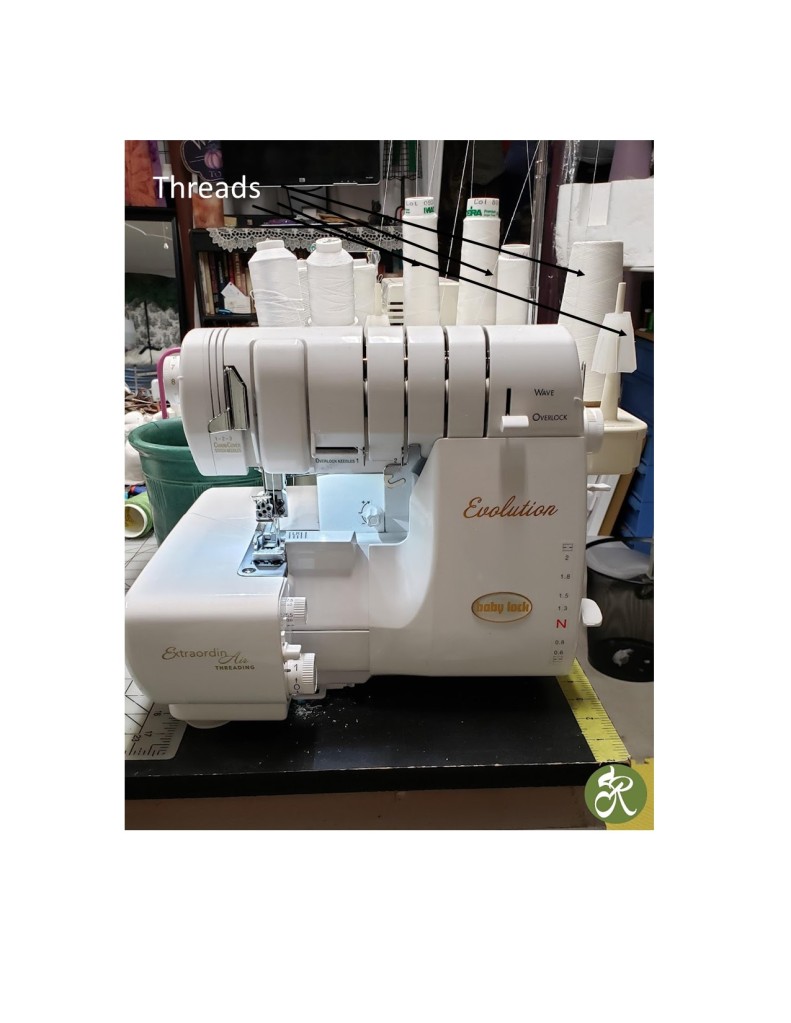
Needles: You may want to buy multiple boxes of needles when you buy due to the machine using two needles at once. The size of the needles depends on the weight of the fabric that you are using. A loose rule is.. the thinner the fabric, the smaller the needle, the heavier the fabric, the bigger the needle. For basic serging the average size is a size 11. Check with your manual to see if they suggest a particular style needle.

Upper looper: This is the threads that are on top of the edge of your fabric. It connects at the edge of the fabric with the lower looper.
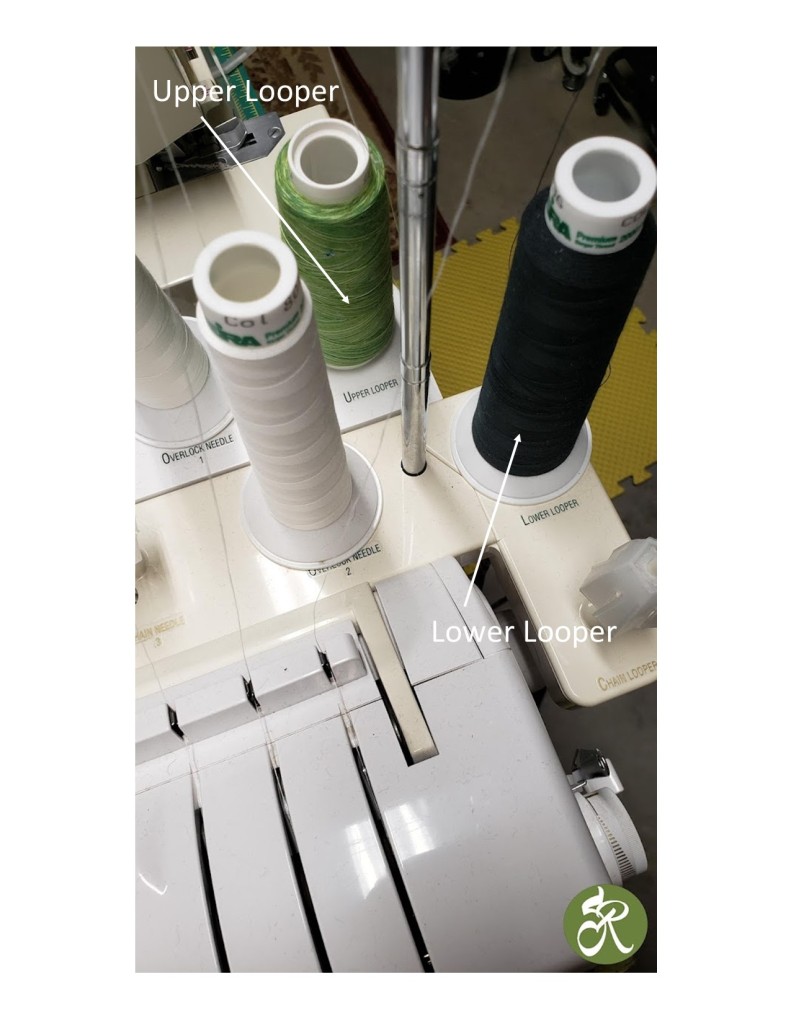
Lower looper: This is the threads that are on the bottom of the edge of your fabric. It connects at the edge of the fabric with the upper looper.
Blade: This trims the extra fabric as you are stitching the edge
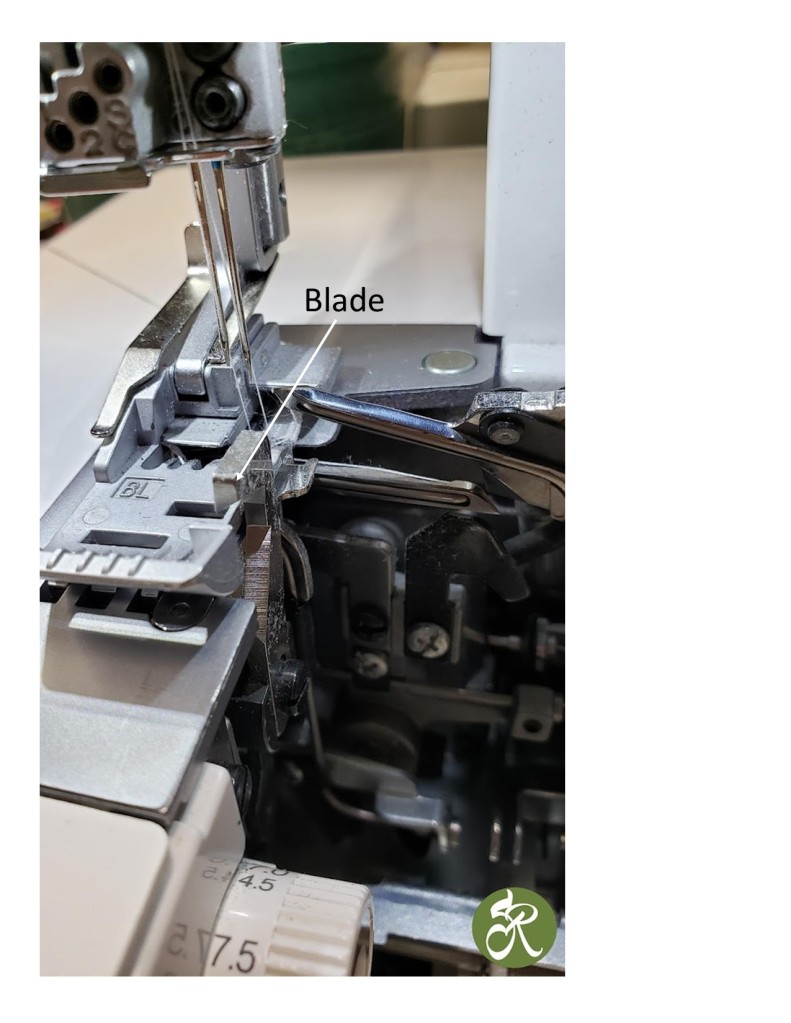
Stitch length selector: The average stitch length is 2.5 for most things. The stitch length selector is much like a sewing machine. You can adjust the length of your stitches depending on what you are sewing and the weight of the fabric.
Stitch width selector: This is for how wide you want your stitches to be. Like your zig zag machine on your sewing machine. You can get even smaller on your width stitches if you take out your left needle.
Differential feed: This controls your feed dogs (the rough looking stuff under your needles and your foot). If you go up in the numbers it makes a tighter stitch and if you go to the smaller numbers you make looser stitches. This can help with different types of fabrics and also in gathering.
Thread control dials (tension): On my Baby Lock the tensions are adjusted automatically. But on other machines and some of the Baby Locks there is dials for you to manually change your tensions.

Thread Guides: This controls the thread from the spool up to the thread tower and to the thread control dials (tension).
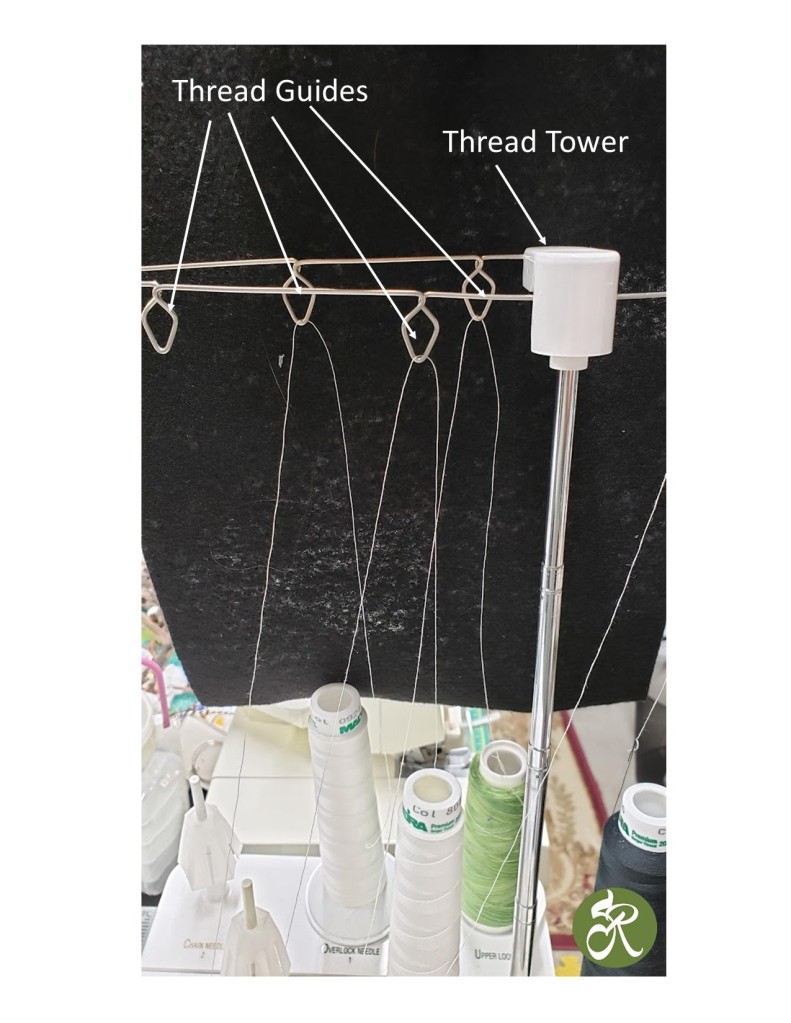
Thread Tower: This holds the thread up above the machine. This should always be parallel to the machine. If it is off, your stitching will get messed up, knots or break threads.
Threading Your Machine
The serger can be intimidating to say the least. Most machines will have color codes to help you thread the machine. Start with one color and take your thread and follow the same colored dots.
Many of the machines have directions on how to thread your machine on the inside of the cover that covers the threading area.
The Baby Lock Evolution is an air threader. On this model you will need to push the lever down for threading and turn the wheel on the side of the machine to lock the machine for threading. This is so wonderful for threading your loopers. You feed your thread down to the openings and gently push your thread down into the hole. U is for upper looper and L is for lower looper. Pull a fair amount of thread from your cone. It will feed quickly into the machine. Then push the button or on some models you need to pump the air through manually.

Changing your needles
This can be a little tricky. You need to hold on to the needle while you unscrew the screw. If you do not it will fall into the machine.
*NOTE if you leave your needle threaded when you are changing out the needle, you will not loose it in the machine.
I hope this helps you to get started with your machine. If you have any questions or comments please do.
Till Next time,
Roxanne














